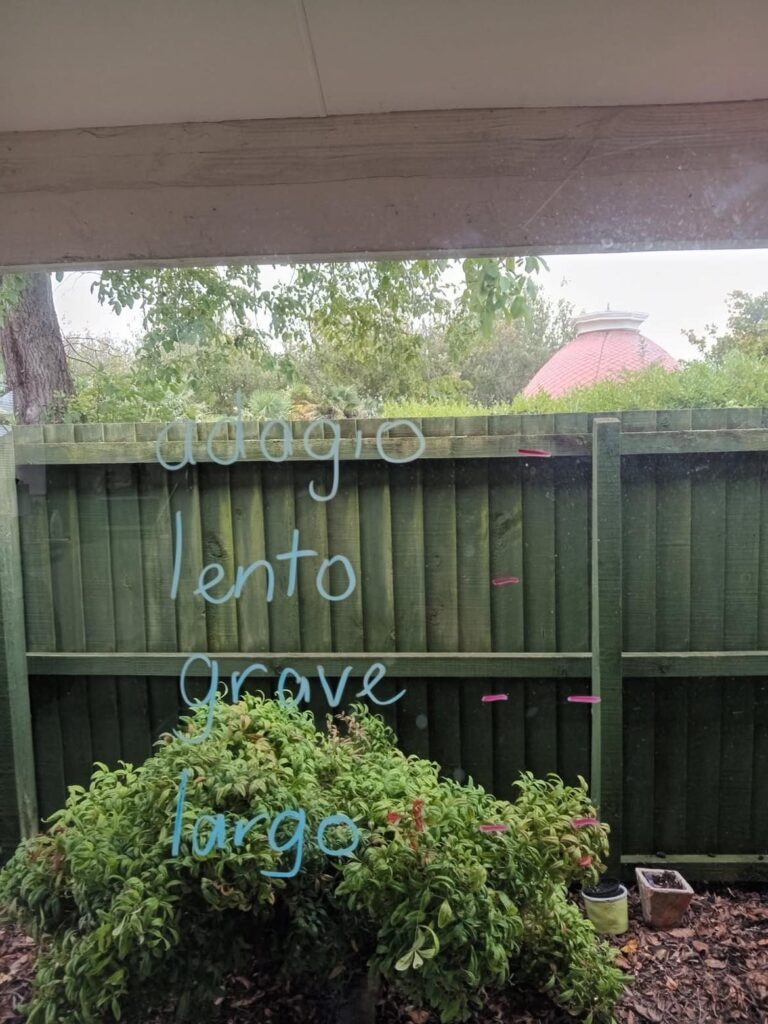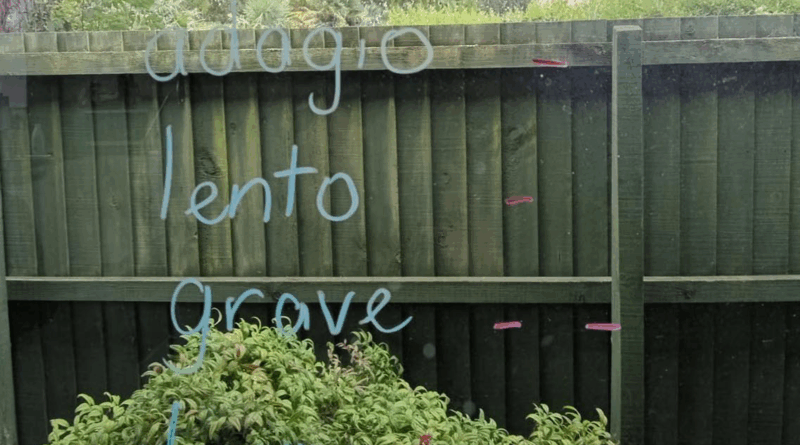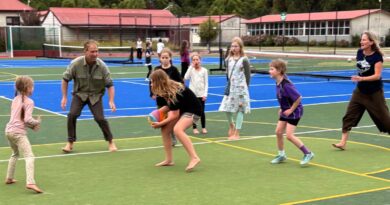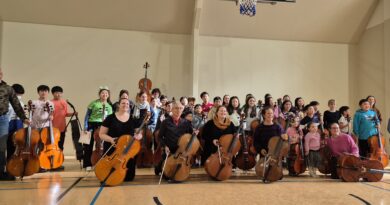Theory – the Italian words
If you are a house-proud person re: clean windows, this is not the article for you!!
Over the years of teaching, I have used the Michiko Yurko Music Mind Games on a fortnightly basis at group lessons, mainly focusing on the games for notes, rhythms, intervals and scales.
In more recent years, I have also incorporated notes and rhythms into every lesson (Book 1 and 2 students) – fortnightly lessons didn’t seem to make it stick!
However, I have neglected teaching musical terms – in particular, Italian words.
In my day… theory exams were a must, and so the learning of the Italian words was a big part of what had to be known.
I well remember the little red Royal Schools theory book, and the Trinity Schools book (I think this was grey), sitting on the window ledge in the kitchen so my sister and I could learn the words while we did the dishes!
We have never forgotten them!!!
My mother certainly didn’t know how to pronounce any Italian, and so we just made them up! Sometimes it was a way to help remember how to spell them – e.g. we said Larghetto saying the ‘h’!!
I can never see sempre without thinking of senza – they were beside each other in the book (I have just checked, and in the newer ABRSM book, they still are!)
Every Suzuki piece has a musical term at the top of the piece, and as the pieces progress, there are Italian words throughout each piece.
For Allegro Book 1, a great group lesson song is as follows:
Did you know Allegro means to play fast, notes with dots are short staccato notes.
Yes I know Allegro means to play fast, notes with dots are short staccato notes.
Dolce means to play so sweetly, ritardando means slow down.
Then “a tempo” means to play the same speed so we end the way that we began.

Unfortunately, the song leaves out the fermata (pause) sign so that has to be dealt with separately. – drawing rainbows with dots under them!
In the Suzuki books 1 to 4, there is a section at the back of the book headed “New Musical Terms” and lists all of the Italian words used in that particular book. In books 5 to 8, the listing is at the front of the book.
Now, to get to my opening sentence…
I have twin boys, aged 5 and a half, living behind me, and one day I noticed that they were practising writing their letters and numbers by drawing on their living room window. I asked their mum what sort of pens she used for them to do this, and found out that Crayola makes “window crayons.”
Some time later, I had a grandson staying with me, and so I set out to buy the crayons. He had great fun practising his letters and numbers on the car window as we drove along, and then on a window at my home. It quickly progressed to drawing pictures… Not so easy to wipe off!!!
And so, the 2025 teaching year began, and as usual, the Italian words were discussed at the beginning of a new piece. None of the advanced students remembered Leggiero (lightly), which is in Book 3 (Humoresque), so…
I thought of the pens that I had hidden in my piano stool, and just yesterday I wrote up 4 of the slow words – adagio, lento, grave, and largo. They were noticed immediately, and the parents wrote them down… The plan is to ask the meaning of those 4 words next week and have another 4 written up.
I guess my friends will wonder what is going on — is it a shopping list to help me remember? Or just some random words that I keep forgetting in my old age?!
Lois McCallum





